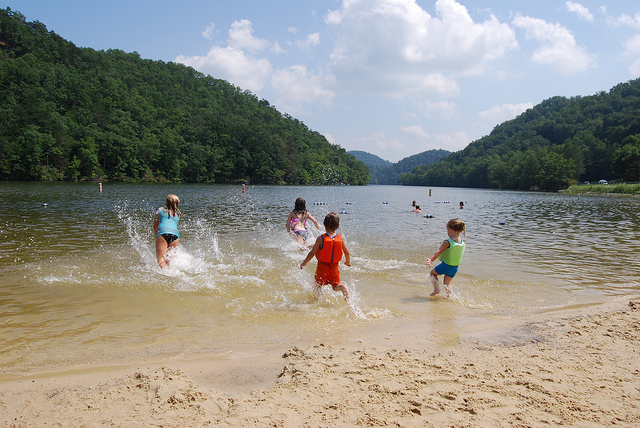 If you live in a coastal region, be warned: your health may be at risk. And I’m not talking about hurricanes or rising water levels. I’m talking about bacterial infections. Read on and I’ll tell you how you can protect yourself!
If you live in a coastal region, be warned: your health may be at risk. And I’m not talking about hurricanes or rising water levels. I’m talking about bacterial infections. Read on and I’ll tell you how you can protect yourself!
As extreme weather is becoming increasingly common and excessively hot days intermix with heavy rainfall, the risk for salmonella poisoning appears to be growing.
Salmonella poisoning is typically more common in the summer season for a couple of reasons. For one, the heat can make it easier for the bacteria to survive and spread. It can grow on uncooked meats left out in the heat for too long (which is common during BBQ season). It can also get into the water supply and contaminate beaches for a few days after a storm.
When a big rainfall occurs, runoff enters the water supply—sewage, garbage, etc.—and it creates a haven for infectious bacteria. If you live in a coastal area, or like to go for a swim at your local beach, this can be quite concerning.
Salmonella is a foodborne and waterborne bacteria that’s found on unwashed poultry and eggs, beef, and produce. A salmonella infection can manifest itself through diarrhea, vomiting, fever, and stomach cramps—it can be very uncomfortable. If left untreated, a salmonella infection can be deadly.
If you live in a coastal area, I’m sure your main concern isn’t food—although it’s important to wash your vegetables and any surfaces that come into contact with raw meat. (Use soap and water to wash sinks, hands, counters, cutting boards and knives because a disinfectant bacterial cleaner will have no impact on salmonella.) Your bigger concern is likely the beach conditions. You’ll definitely want to monitor them.
Most beaches have adopted a water safety coding system based on color. Typically, green indicates that water is safe for swimming, orange may indicate a moderate risk, while red means water conditions are unsafe.
If your local beach does not follow such a system, then it’s wise to wait at least three days following a heavy rainfall before going swimming. If the rain is followed by a few days of extreme heat and high humidity, you might want to wait a couple more days. You can also phone or check online with your local municipality about how safe the water is at your favorite—or closest—beach.
Be safe this summer and be aware that certain conditions beyond your control can put your health—and fun—at risk. If your community is hit with a bout of extreme weather, exercise caution.
Image copyright 2010, vastateparksstaff
Sources for Today’s Article:
Dallas, M., “Extreme weather may raise risk of salmonella infection, study says,” Medline Plus web site, July 10, 2015; http://www.nlm.nih.gov/medlineplus/news/fullstory_153537.html.
Alvarado, M., et al, “Los Angeles County and Orange County Beach Water Quality: A Re-Evaluation of the 3-Day Rule,” UCLA University web site, http://www.environment.ucla.edu/perch/resources/2013healthebayproject.pdf, last accessed July 14, 2015.
